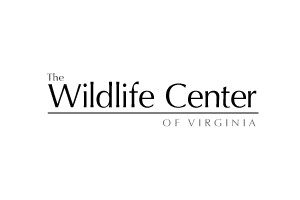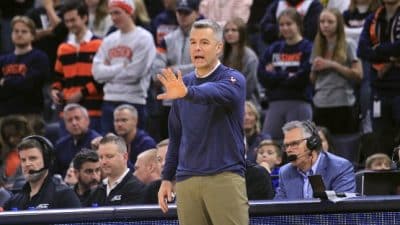
Spring is a time for new life; many species of wild animals are giving birth or laying eggs and caring for young throughout much of the season. It’s also the time of year when people are more active. As the warm weather approaches, humans spend more time in their yards and gardens and in the great outdoors. This increased activity of both humans and wild animals can put us all in more direct contact with one another.
There is a bit of misinformation and misconceptions about young wild animals; learn from the Wildlife Center staff how to best help young animals stay in the wild with their parents. If you see a young wild animal, it’s best to first ask questions before intervening. Despite our natural inclinations, the best chance of survival for a young uninjured animal is often to leave it in its parents’ care.
Use these infographics to determine when and how to best help common baby wildlife you may find in your own back yard, and visit this section of our website for more advice. And remember, feeding wildlife can often cause more harm than good.
Help young wildlife by keeping your cat indoors. The 11-year study conducted by former veterinary director Dr. Dave McRuer vividly illustrates how much of an impact outdoor cats have on wildlife. The study examined nearly 21,000 patient records, including 11,144 small mammals and 9,777 small birds, admitted between 2000 and 2010. Of this total, 2,970 patients were confirmed cat-attack victims. Most patients admitted after interaction with a cat came in between April and September, with the majority of patients admitted in May and June.
On Friday at 2 p.m. join the Center for an in-depth look at the natural histories of the most commonly admitted young patients — squirrels, rabbits, opossums, songbirds, white-tailed deer fawns, and more. They’ll discuss how to tell if these young animals need help, common causes of admission, and what you can do to help keep them safe during this early stage of their life.
Make sure to bring your questions for an interactive discussion.
Free and open to the public, the virtual program will be streaming on both the Center’s website and Facebook page.










